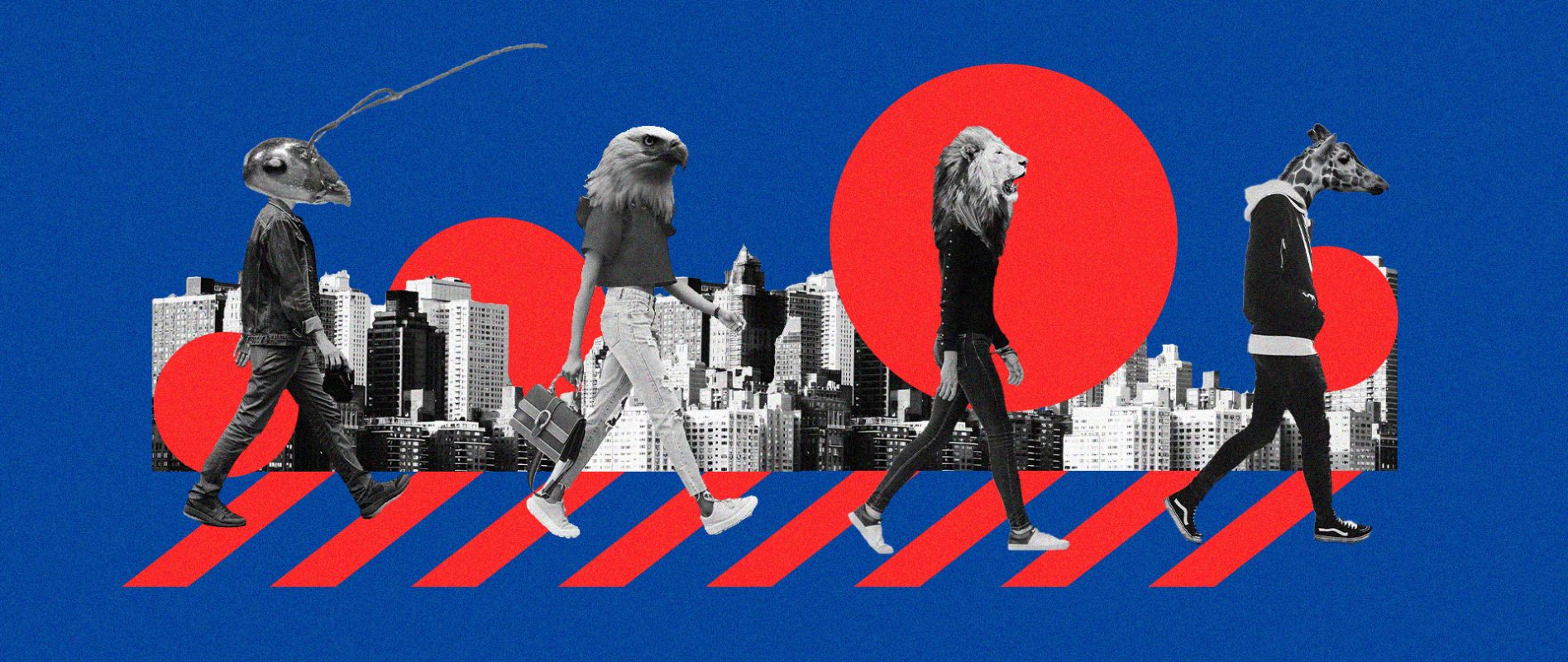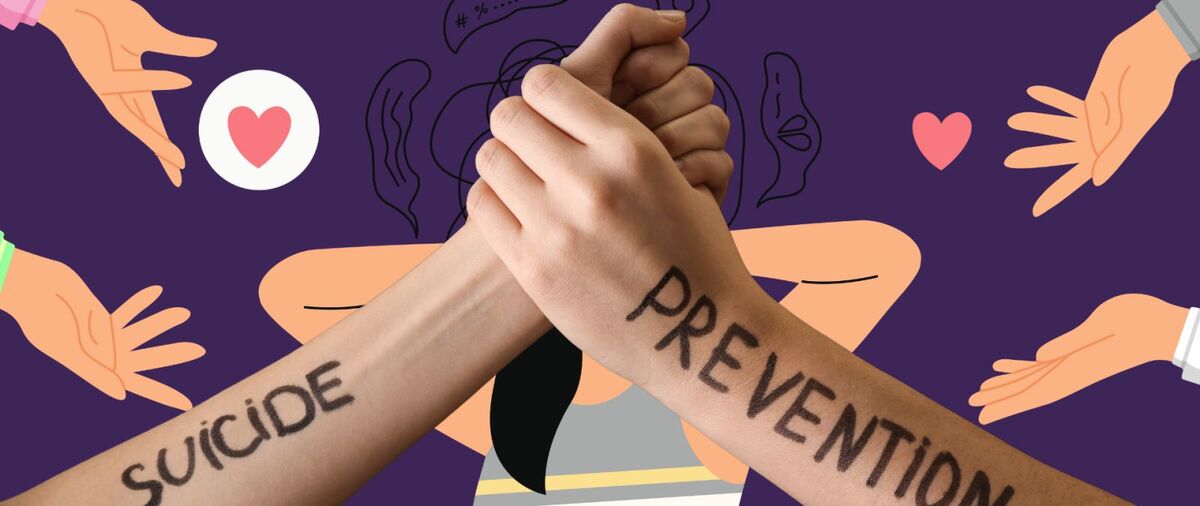JSYK: SOCIAL DISTANCING IS MORE COMMON IN THE ANIMAL KINGDOM THAN YOU WOULD THINK
Social distancing has been vital in stopping the virus’s spread, as it can spread before someone even knows they are sick. But social distancing in response to a disease outbreak doesn’t only occur in humans but also throughout the animal kingdom.
Faced with the COVID-19 pandemic, people are advised to stay at least 6 feet away from others when possible, even if you—or they—do not have any symptoms. Social distancing has been vital in stopping the virus’s spread, as it can spread before someone even knows they are sick. But social distancing in response to a disease outbreak doesn’t only occur in humans but also throughout the animal kingdom.
In an interview with Dana Hawley, a biologist at the Virginia Polytechnic Institute and State University, “animals have evolved fairly complex cues to induce social distancing. The Caribbean spiny lobster [a social lobster that normally lives in groups] has evolved to detect a chemical cue in the urine of sick lobsters and avoid areas that these sick lobsters occupy.” Discussing how social behavior in lobsters changes in response to a chemical signal in its surroundings.
The lobster’s response to disease is typical because it helps social animals survive. Although living in groups makes it easier for animals to capture prey, stay warm, and avoid predators, it also leads to contagious diseases. This heightened risk has favored the advancement of social behaviors that help animals from contamination.
Animals that social distance during an outbreak are the ones well on the way to remain alive. In turn, that increases their chances of producing offspring that also practice social distancing when confronted with disease. These actions are what condition ecologists, such as ourselves, the term “behavioral immunity.” Wild animals do not have vaccines, but they can prevent disease by how they live and act.
Honeybees, for instance, can be ruthless when it comes to ousting the sick. Bacterial diseases that strike honeybee colonies, like American foulbrood, are particularly horrifying, as it liquefies honeybee larvae from the inside. “That’s where the name comes from, that brown gooey mess. It smells very, very foul,” explains Alison McAfee, a postdoctoral fellow with North Carolina State University’s Entomology and Plant Pathology department.
Infected larvae emit certain telltale chemicals that older bees can smell, like oleic acid and β-ocimene, a bee pheromone, according to McAfee’s research. Once identified, the bees will physically toss these diseased members from the hive, she says. Since this evolutionary adaptation safeguards a colony’s health, beekeepers and researchers have selectively bred for this behavior for decades.
Immunity through behavior does come with costs, though. Social distancing from other members of your species, even temporarily, means missing out on the numerous benefits that favored social living in the first place. For this reason, researchers have learned that complete shunning is just one approach animals take. Some social species stay together when members are infected but change specific grooming interactions, for example. In contrast, others, such as ants, limit encounters between individuals who play particular roles in the colony to lower the risk of infection.
People’s close interactions with family and friends have been cut off to reduce the spread of COVID-19. It has been challenging and has caused anxiety and cabin fever. Yet despite how unnatural it may feel to us, social distancing is very much a part of the natural world. Behavior is essential, and having a better understanding of how diseases spread amongst other species; hopefully, this allows people to alter and change their behavior to decrease the spread of the virus.














